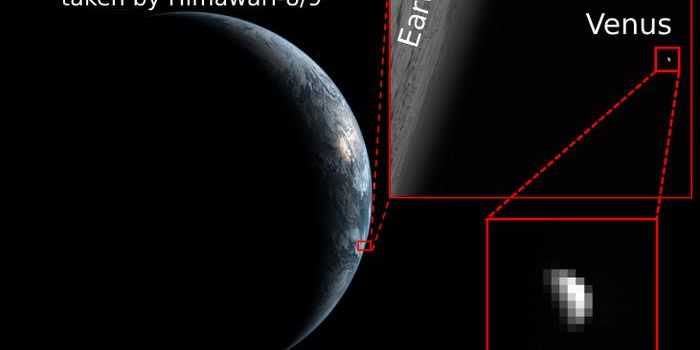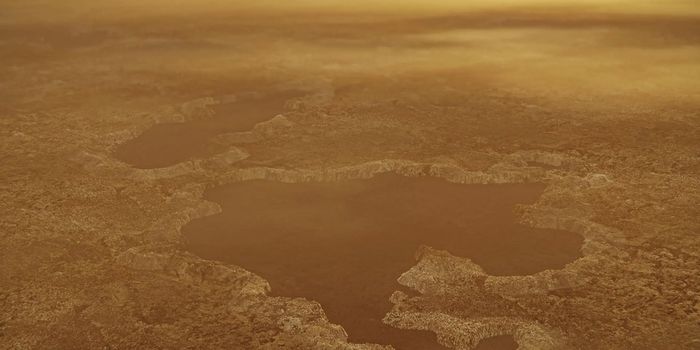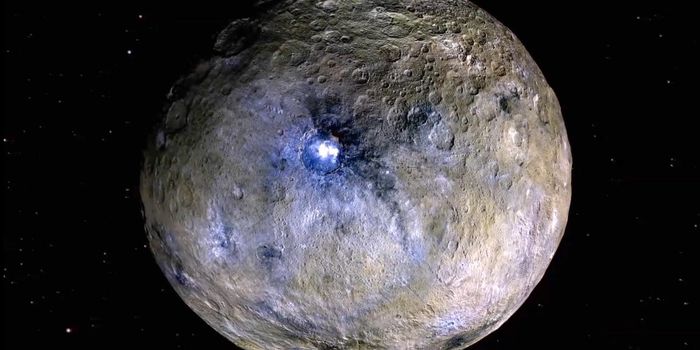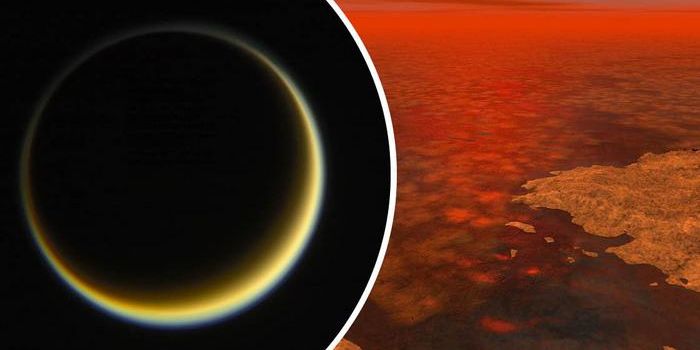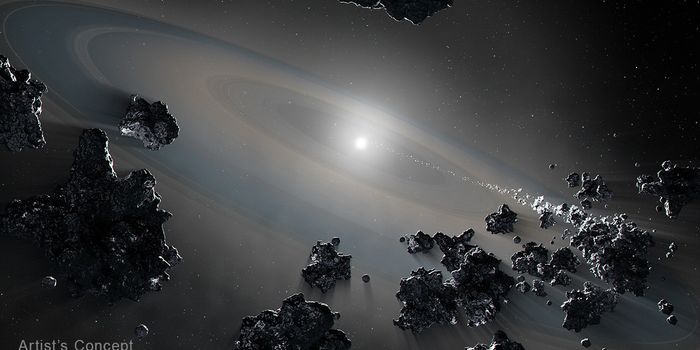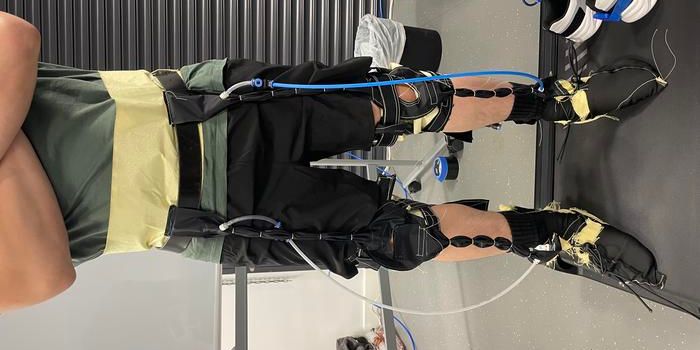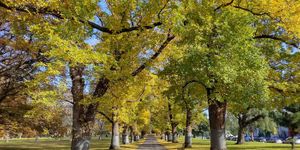Decoding Mars: Curiosity Rover Explores Water's Legacy and Sulfur Stones
What can sulfur stones and mysterious patterns on Mars teach us about past liquid water life and the potential for ancient life on the Red Planet? This is what NASA’s Curiosity rover hopes to address as the car-sized robotic explorer recently discovered sulfur stones within the Gediz Vallis channel on Mars, which is a region on Mars hypothesized to have once been home to active rivers billions of years ago. Along with identifying the first sulfur stones on Mars, Curiosity ran over one of them, unveiling yellow crystals that could help scientists determine Mars’ volcanic history, as sulfur is often associated with volcanic activity on Earth.
“We looked at the sulfur field from every angle — from the top and the side — and looked for anything mixed with the sulfur that might give us clues as to how it formed. We’ve gathered a ton of data, and now we have a fun puzzle to solve,” said Dr. Ashwin Vasavada, who is a project scientist on the Curiosity mission at NASA’s Jet Propulsion Laboratory.
Going forward, Curiosity is currently being instructed to vacate the Gediz Vallis channel to explore unique weblike features called boxwork that have been observed by NASA’s Mars Reconnaissance Orbiter (MRO) which could indicate evidence of the final stages of liquid water on the Red Planet’s surface. While these features exist on Earth, the boxwork features on Mars are much larger, encompassing an area between 6 to 12 miles (10 to 20 kilometers), and the features on Earth form during active periods of liquid water.
Panoramic image obtained by NASA’s Curiosity rover as it exits the Gediz Vallis channel on Nov. 2, 2024, with the rover’s tracks across the rocky terrain seen in right portion of the image. (Credit: NASA/JPL-Caltech/Malin Space Science Systems)
“These ridges will include minerals that crystallized underground, where it would have been warmer, with salty liquid water flowing through,” said Dr. Kirsten Siebach, who is an assistant professor in the Department of Earth, Environmental, and Planetary Sciences at Rice University, and a Curiosity scientist who actively studies the region. “Early Earth microbes could have survived in a similar environment. That makes this an exciting place to explore.”
Image of boxwork on Mars that span an area between 6 to 12 miles (10 to 20 kilometers) obtained by NASA's Mars Reconaissance Orbiter. (Credit: NASA/JPL-Caltech/University of Arizona)
What new discoveries will NASA’s Curiosity rover make regarding whether Mars had the necessary ingredients for life in its ancient past in the coming years and decades? Only time will tell, and this is why we science!
As always, keep doing science & keep looking up!



